Home>Articles>What Is The Role Of Laser Level In The Construction Industry?
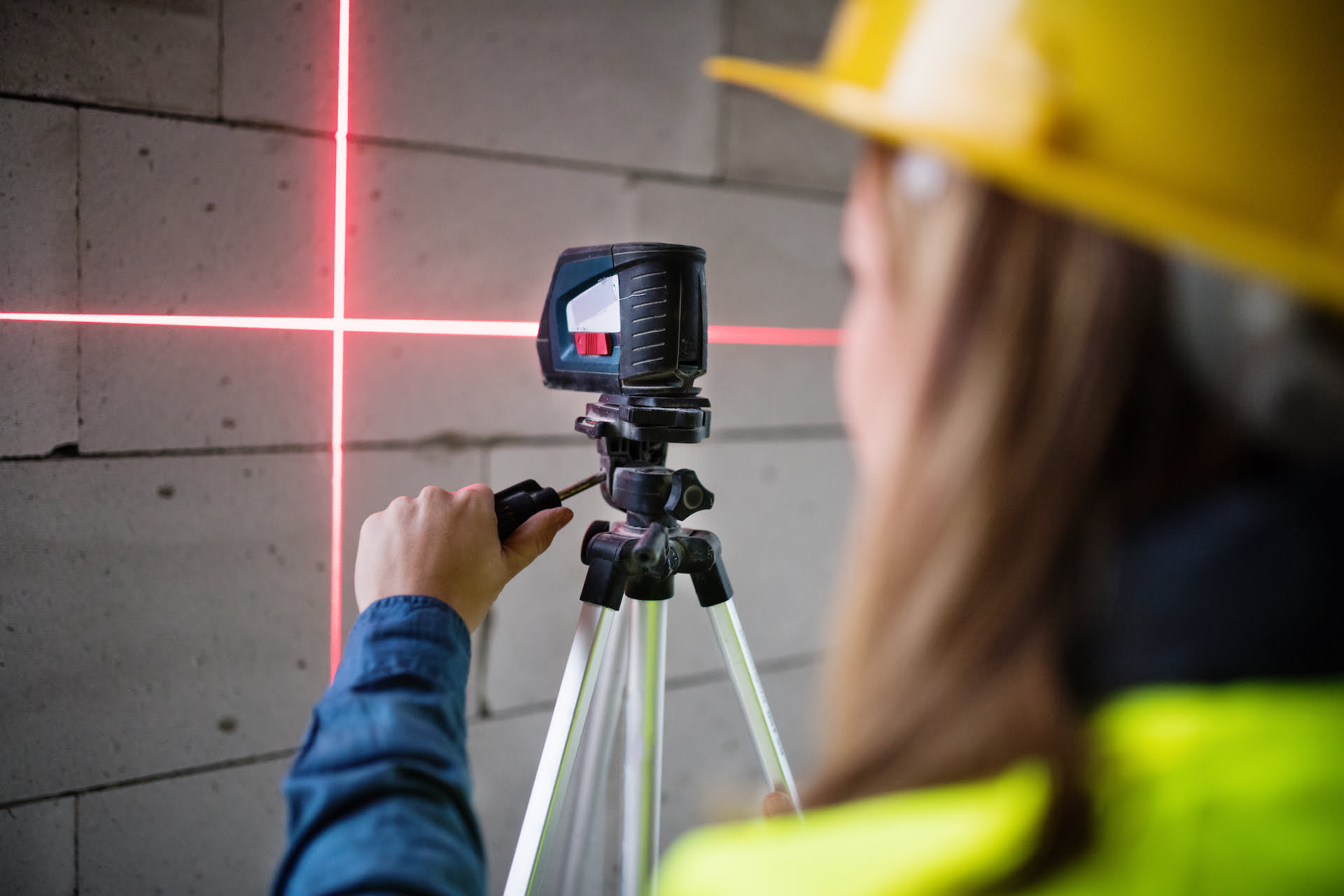

Articles
What Is The Role Of Laser Level In The Construction Industry?
Modified: February 22, 2024
Discover how laser levels play a crucial role in the construction industry. Read our informative articles to understand their importance and impact on project accuracy and efficiency.
(Many of the links in this article redirect to a specific reviewed product. Your purchase of these products through affiliate links helps to generate commission for Storables.com, at no extra cost. Learn more)
Introduction
The construction industry relies on precise measurements and accurate leveling to ensure quality and safety in every project. One technology that has revolutionized construction practices is the laser level. Laser levels have become an essential tool for builders, engineers, and surveyors, enabling them to achieve high levels of accuracy and efficiency in their work.
But what exactly is a laser level and how does it contribute to the construction industry? In this article, we will explore the role of laser levels in construction, the different types available, their benefits, applications, and the factors to consider when using them. We will also discuss some of the challenges that come with using laser levels in construction.
By the end of this article, you will have a comprehensive understanding of how laser levels have become an indispensable tool in modern construction projects, improving productivity, precision, and overall project success.
Key Takeaways:
- Laser levels revolutionize construction with precision, time savings, and enhanced safety, making them indispensable for accurate alignments and elevations.
- Despite challenges like beam interference and outdoor visibility, proactive measures can maximize the benefits of laser levels, ensuring accurate and reliable performance in construction projects.
Read more: What Is The Best Construction Laser Level
What is a laser level?
A laser level is a device that uses laser technology to project a straight, horizontal, or vertical line onto a surface. It is designed to provide precise measurements and leveling reference points, aiding construction professionals in achieving accurate alignments and elevations.
Laser levels come in various forms, from handheld devices to mounted units. They typically consist of a laser diode, a built-in leveling mechanism, and a display or receiver that indicates the alignment of the laser line.
These devices use the principles of optics and laser technology to emit a highly focused laser beam. The laser level projects a visible or invisible line onto a surface, allowing construction workers to easily determine slopes, heights, angles, and layouts with exceptional accuracy.
The accuracy and range of laser levels can vary depending on the model and intended use. Some laser levels are designed for indoor use and have a shorter range, while others are specifically built for outdoor applications, providing longer-distance leveling capabilities.
Modern laser levels often include additional features, such as self-leveling functionality, multiple laser line projections (including dots and cross lines), remote control operation, and compatibility with digital devices for data logging and documentation.
Overall, laser levels are indispensable tools in the construction industry, allowing professionals to save time, reduce errors, and improve the overall quality of their work.
Types of laser levels used in construction
The construction industry utilizes a variety of laser levels based on the specific requirements of the project. Here are some common types of laser levels used in construction:
- Rotary Laser Levels: Rotary laser levels are the most widely used type in construction. They emit a 360-degree laser beam that rotates horizontally, creating a level reference plane around the entire space. This type of laser level is ideal for large-scale projects such as building foundations, grading, and concrete pouring.
- Line Laser Levels: Line laser levels project a straight, horizontal or vertical line onto a surface. They are mainly used for interior construction tasks such as aligning cabinets, installing partitions, or laying floor tiles. Line lasers are compact and easy to use, making them suitable for smaller-scale projects.
- Dot Laser Levels: Dot laser levels emit multiple dots onto surfaces, providing reference points for layout and alignment. They are commonly used for precise positioning and leveling in interior construction projects. Dot laser levels are especially useful for tasks like electrical installations, suspended ceiling installations, and plumbing.
- Cross Line Laser Levels: Cross line laser levels project both horizontal and vertical lines, creating a crosshair pattern on a surface. They are versatile tools that can be used for a wide range of interior construction applications, including wall framing, tile layout, and window alignment.
- Grade Laser Levels: Grade laser levels are specifically designed for projects that involve grading and leveling outdoor spaces. They are capable of projecting a level line over longer distances and can be used for tasks like land grading, trenching, and slope control.
- Point Laser Levels: Point laser levels emit one or more laser points to establish precise reference points for construction tasks like plumbing, door and window installation, and cabinet alignment. They are compact and portable, making them convenient for both indoor and outdoor use.
Each type of laser level has its own unique features and applications. The choice of laser level will depend on the specific requirements of the construction project, the desired level of accuracy, and the environmental conditions in which it will be used.
Benefits of using laser levels in construction
Laser levels have revolutionized the construction industry by providing numerous benefits that enhance accuracy, efficiency, and overall project success. Here are some of the key advantages of using laser levels in construction:
- Precision and Accuracy: Laser levels offer a high level of precision and accuracy, ensuring that measurements and leveling references are consistent and reliable. This reduces the margin for error and results in more precise construction alignments and elevations.
- Time and Cost Savings: Laser levels speed up the construction process by allowing tasks to be completed more quickly and with greater accuracy. This leads to time savings on projects, as well as cost savings by reducing rework and material waste.
- Easy Set-up and Operation: Laser levels are designed to be user-friendly and straightforward to set up and operate. Many models have self-leveling capabilities, minimizing the need for manual adjustments and ensuring accurate results.
- Increased Productivity: By providing precise leveling references, laser levels enable construction teams to work more efficiently and productively. Workers can easily align walls, install fixtures, and lay floors, knowing they are following accurate measurements.
- Improved Safety: Laser levels help improve safety on construction sites by ensuring level surfaces and accurate alignments. This reduces the risk of accidents caused by uneven surfaces, resulting in a safer work environment for construction professionals.
- Enhanced Versatility: Laser levels come in various types and models, offering versatility for different construction tasks. Whether it’s interior alignment, outdoor grading, or precise point reference, there is a laser level designed to meet specific project needs.
- Documentation and Reporting: Many modern laser levels can be connected to digital devices for data logging and documentation. This allows construction professionals to capture and record measurements, making it easier to track progress, generate reports, and adhere to quality control standards.
The benefits of using laser levels in construction are evident, making them an essential tool for achieving precision, efficiency, and safety in modern construction projects. Incorporating laser levels into construction practices can significantly improve the overall quality and success of a project.
When using a laser level in construction, always ensure that it is properly calibrated and positioned to provide accurate and reliable measurements. Regular maintenance and calibration of the laser level is essential for precise and efficient construction work.
Applications of laser levels in the construction industry
Laser levels have diverse applications in the construction industry, contributing to improved accuracy and efficiency in various tasks. Here are some common applications of laser levels in construction:
- Foundation and Footing Leveling: Laser levels are essential for ensuring accurate leveling of foundations and footings during the building construction process. They help create a strong and stable base, ensuring the structural integrity of the entire project.
- Grading and Landscaping: Laser levels are widely used in grading and landscaping projects to achieve even surfaces and proper slope control. They assist in creating level ground for construction, ensuring proper water drainage, and shaping the land according to the desired design.
- Wall and Floor Alignment: Laser levels are valuable tools for aligning walls and floors during construction. They provide precise reference points for ensuring even surface alignment, allowing for accurate installation of tiles, flooring, and other materials.
- Ceiling and Suspended Installations: Laser levels are utilized in the installation of suspended ceilings, lighting fixtures, and other ceiling components. They assist in achieving accurate alignment and leveling, ensuring a seamless and professional finish.
- Plumbing and Pipework: Laser levels are crucial in plumbing tasks, assisting in aligning pipes, determining slopes for drainage, and setting accurate levels for fixtures and connections. They eliminate guesswork and ensure proper alignment for efficient plumbing systems.
- Road Construction and Surveying: Laser levels are extensively used in road construction and surveying projects. They assist in determining precise elevation levels, aligning road profiles, and creating accurate reference lines for road markings and signage.
- Distance Measurement: Laser levels equipped with distance measuring capabilities are used in construction to measure distances accurately. This is particularly useful for determining site boundaries, calculating material quantities, and planning for construction projects.
- Vertical Alignment: Laser levels with vertical line projection are used for tasks such as aligning columns, installing windows and doors, and ensuring proper verticality in construction. They simplify the process and result in precise vertical alignment.
These are just a few examples of the extensive applications of laser levels in the construction industry. With their ability to provide accurate measurements and leveling references, laser levels contribute to the success and quality of construction projects across various domains.
Read more: What Is The Construction Industry
Factors to consider when using laser levels in construction
While laser levels are incredibly useful tools in the construction industry, there are several factors to consider to ensure their optimal and safe use. Here are some key factors to keep in mind when using laser levels in construction:
- Accuracy Requirements: Determine the level of accuracy needed for the specific task at hand. Different projects may require different levels of precision, so choose a laser level that meets the required accuracy standards.
- Environmental Conditions: Consider the environmental conditions in which the laser level will be used. Some laser levels are specifically designed for outdoor use and can withstand harsh weather conditions, while others are best suited for indoor applications.
- Range and Visibility: Assess the range and visibility of the laser level. Ensure that the device can project the required distance and that the laser beam is visible enough to be accurately detected by the receiver or the human eye, depending on the application.
- Self-Leveling Capability: Determine if a self-leveling laser level is necessary for the task. Self-leveling laser levels automatically adjust to ensure accurate leveling, saving time and effort in manually adjusting the device.
- Safety Measures: Adhere to safety precautions when using laser levels. Avoid direct eye exposure to the laser beam, and ensure that others on the construction site are also aware of the laser’s presence and potential hazards.
- Mounting and Stability: Consider the stability and mounting options for the laser level. Ensure that it can be securely mounted on a tripod or other suitable surfaces to prevent movement during operation.
- Battery Life and Power Source: Assess the battery life of the laser level and consider the availability of power sources on the construction site. It is important to have reliable and long-lasting power to avoid interruptions during critical tasks.
- Training and Familiarity: Ensure that the construction team operating the laser level is properly trained and familiar with its functions, settings, and safety guidelines. This will help maximize efficiency and prevent mistakes or accidents.
- Calibration and Maintenance: Regularly calibrate and maintain the laser level to ensure accurate and reliable performance. Follow the manufacturer’s instructions regarding calibration intervals and maintenance procedures.
Considering these factors will help construction professionals choose the right laser level for the job, ensure its safe and accurate use, and maximize the benefits that laser levels bring to construction projects.
Challenges of using laser levels in construction
While laser levels offer numerous benefits, they also come with certain challenges that construction professionals must be aware of. Understanding these challenges will help mitigate potential issues and ensure effective use of laser levels in construction. Here are some common challenges:
- Beam Interference: Laser beams can be easily blocked or interrupted by obstacles such as dust, smoke, or other equipment on the construction site. This can result in inaccurate readings or difficulty in clearly seeing the laser line.
- Outdoor Visibility: In bright outdoor conditions, the visibility of the laser beam may be reduced, making it difficult to accurately see the laser line. This can affect work efficiency and require additional measures such as using laser detectors or selecting laser levels with high-powered beams.
- Environmental Factors: Construction sites can be prone to environmental factors such as wind, rain, and extreme temperatures. These conditions can affect the stability and accuracy of laser levels, requiring extra precautions and possible adjustments during operation.
- Calibration and Maintenance: Laser levels need regular calibration to maintain accuracy. Failure to calibrate them at the recommended intervals can result in inaccurate readings and compromised leveling references. Additionally, proper maintenance is necessary to keep the device in optimal condition, which may require time and effort.
- Complexity and Learning Curve: Some laser levels come with advanced features and functionalities that may require training and practice to fully understand and utilize. Construction professionals need to invest time in learning the device’s operation and settings to achieve accurate results.
- Cost Considerations: Laser levels can vary significantly in price, depending on their features, accuracy, and brand. Investing in a high-quality laser level that meets the project’s requirements may involve a considerable cost. However, it is important to assess the long-term benefits and consider the return on investment.
- Operator Error: Human error during the setup or use of laser levels can lead to inaccurate measurements and leveling. It is crucial to follow instructions, proper leveling procedures, and safety guidelines to minimize the risk of errors and ensure accurate results.
Despite these challenges, proper planning, training, and precautions can help overcome them and make the most of the benefits that laser levels offer in construction projects. It is important for construction professionals to be aware of these challenges and take appropriate measures to address them effectively.
Conclusion
Laser levels have become indispensable tools in the construction industry, revolutionizing the way projects are measured, aligned, and leveled. They offer a multitude of benefits, from enhanced precision and time savings to increased safety and productivity.
Understanding the different types of laser levels available, their applications, and the factors to consider when using them is essential for choosing the right laser level for specific construction tasks. Whether it’s leveling foundations, aligning walls, or grading outdoor spaces, laser levels provide construction professionals with the accuracy and efficiency they need to deliver high-quality results.
However, it is important to be aware of the challenges that come with using laser levels, such as beam interference, outdoor visibility issues, environmental factors, and the need for calibration and maintenance. By being proactive and addressing these challenges, construction professionals can mitigate risks and ensure accurate and reliable performance from their laser levels.
In conclusion, laser levels have transformed the construction industry by providing precise measurements, efficient leveling capabilities, and improved safety. Incorporating laser levels into construction practices enhances overall project success, boosts productivity, and results in higher-quality construction projects.
As technology continues to advance, it is anticipated that laser levels will become even more sophisticated and user-friendly, further enhancing their role in construction. By embracing these advancements and staying updated on the latest developments, construction professionals can continue to leverage the power of laser levels to elevate their projects to new heights of accuracy and precision.
Frequently Asked Questions about What Is The Role Of Laser Level In The Construction Industry?
Was this page helpful?
At Storables.com, we guarantee accurate and reliable information. Our content, validated by Expert Board Contributors, is crafted following stringent Editorial Policies. We're committed to providing you with well-researched, expert-backed insights for all your informational needs.
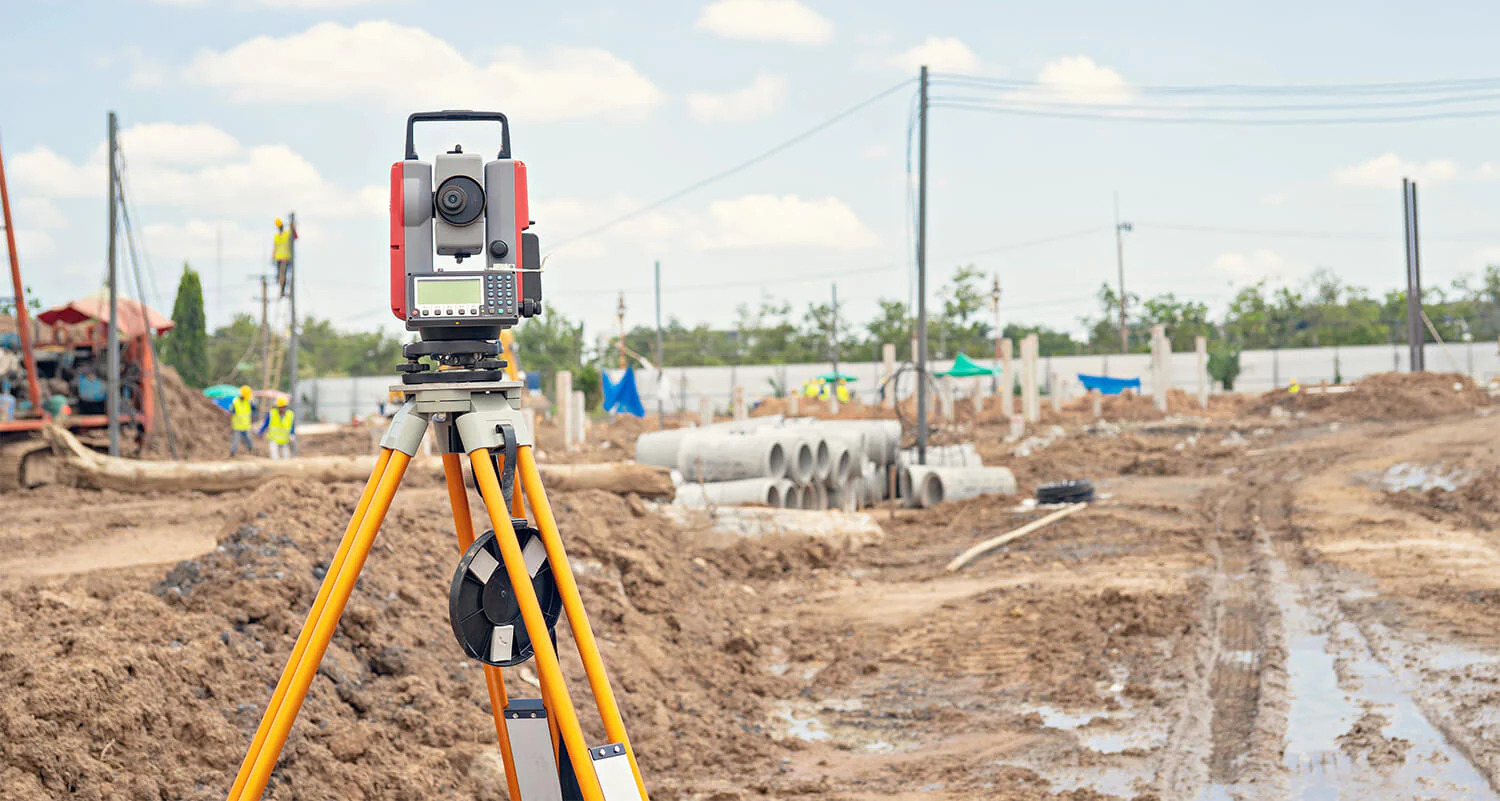
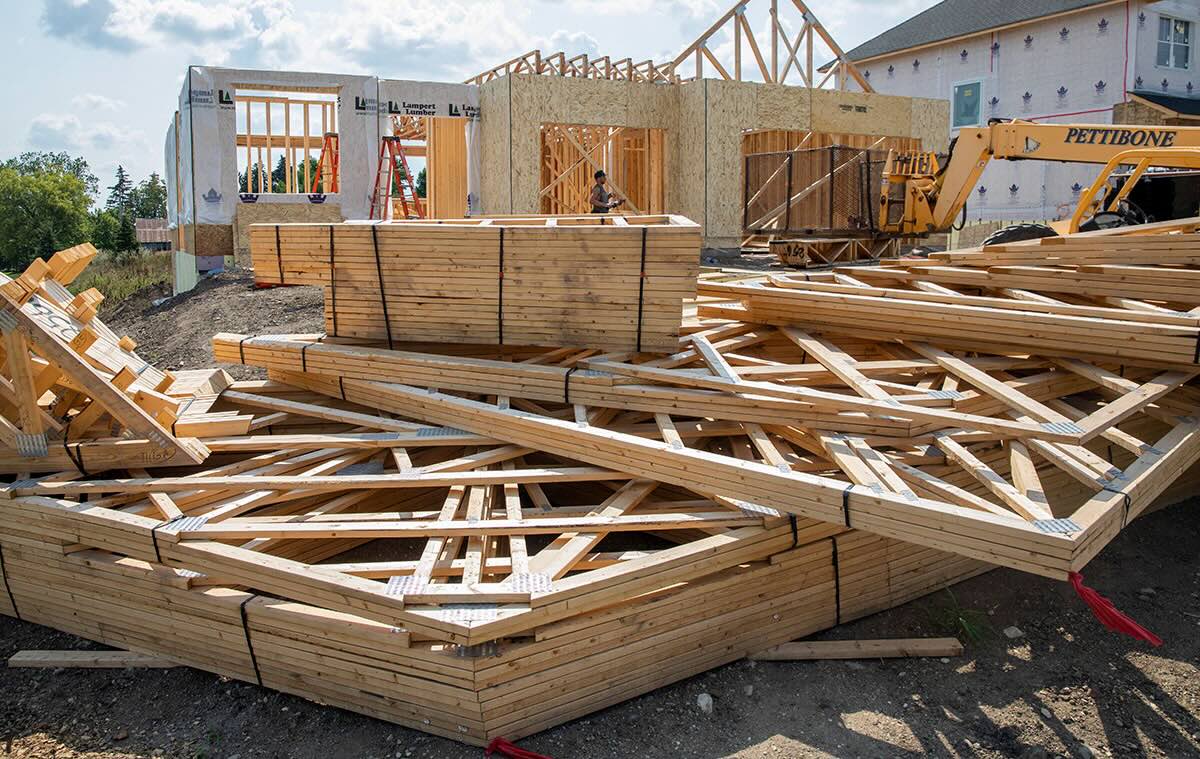
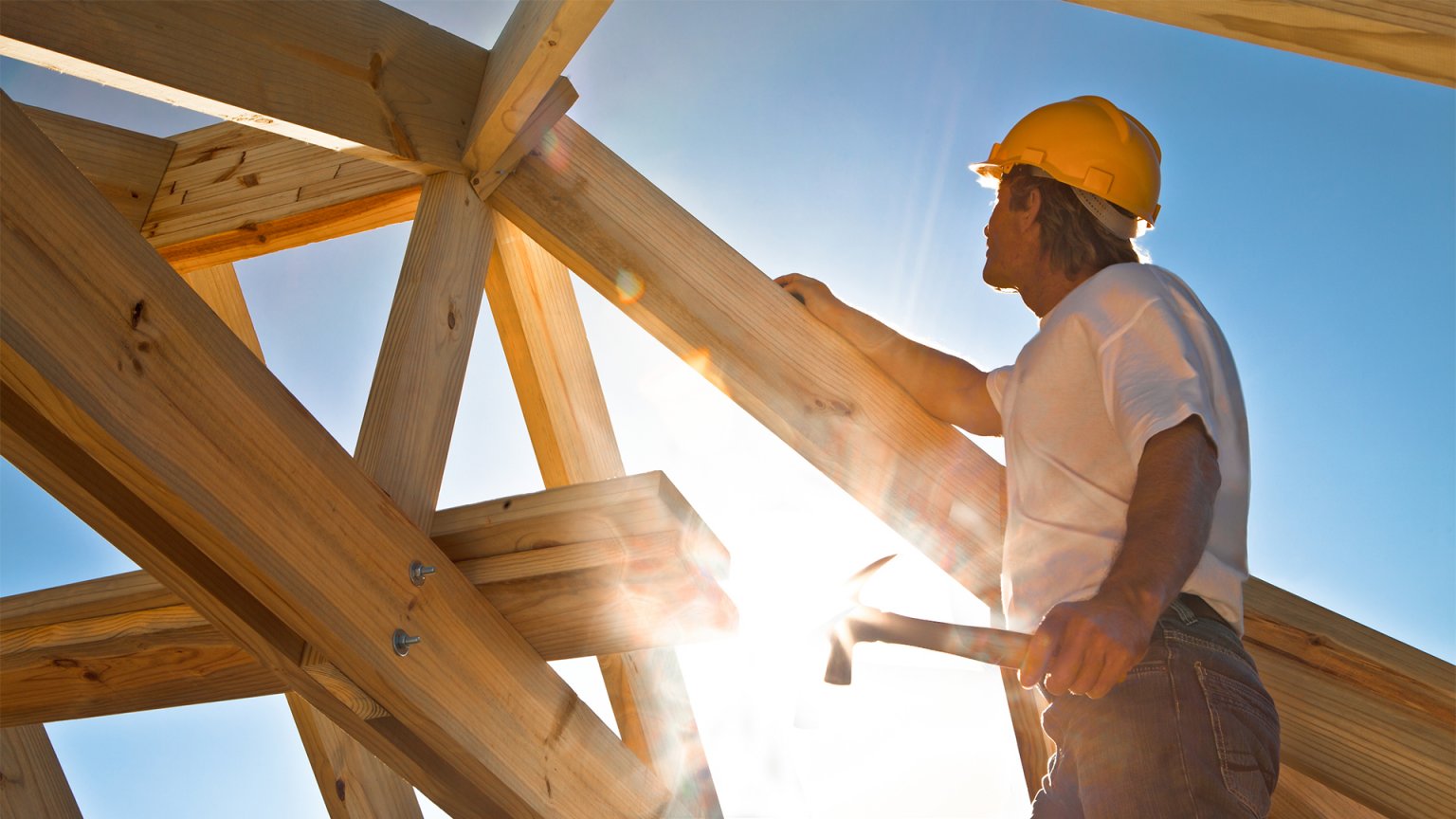
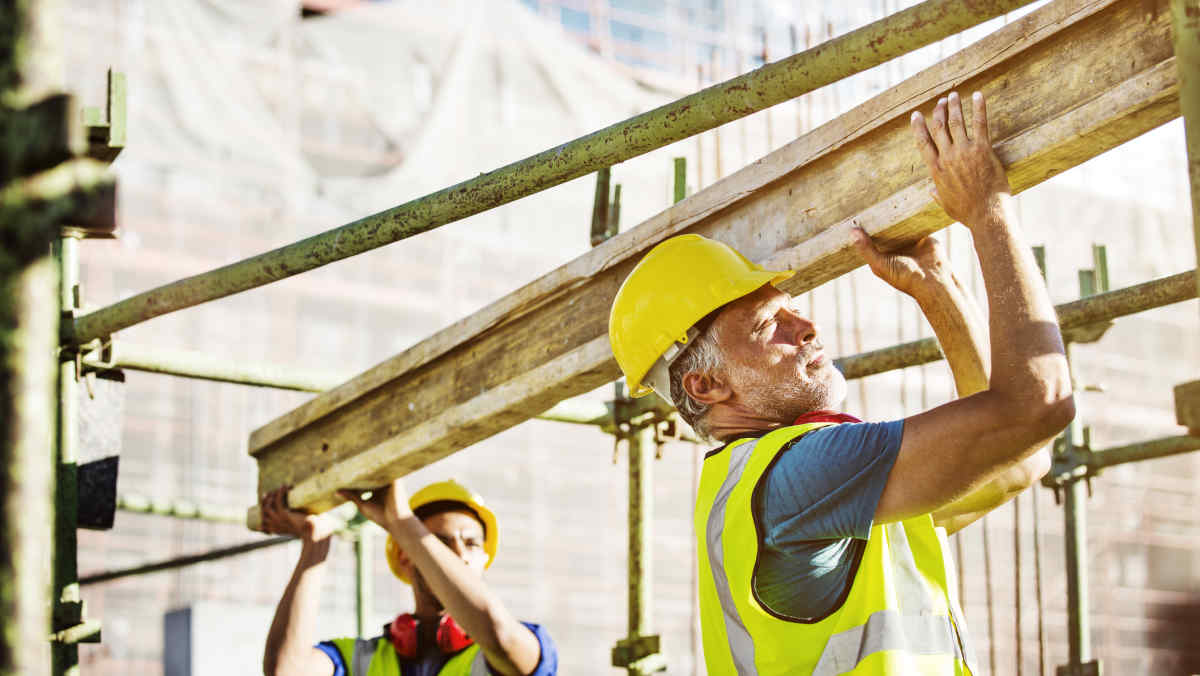
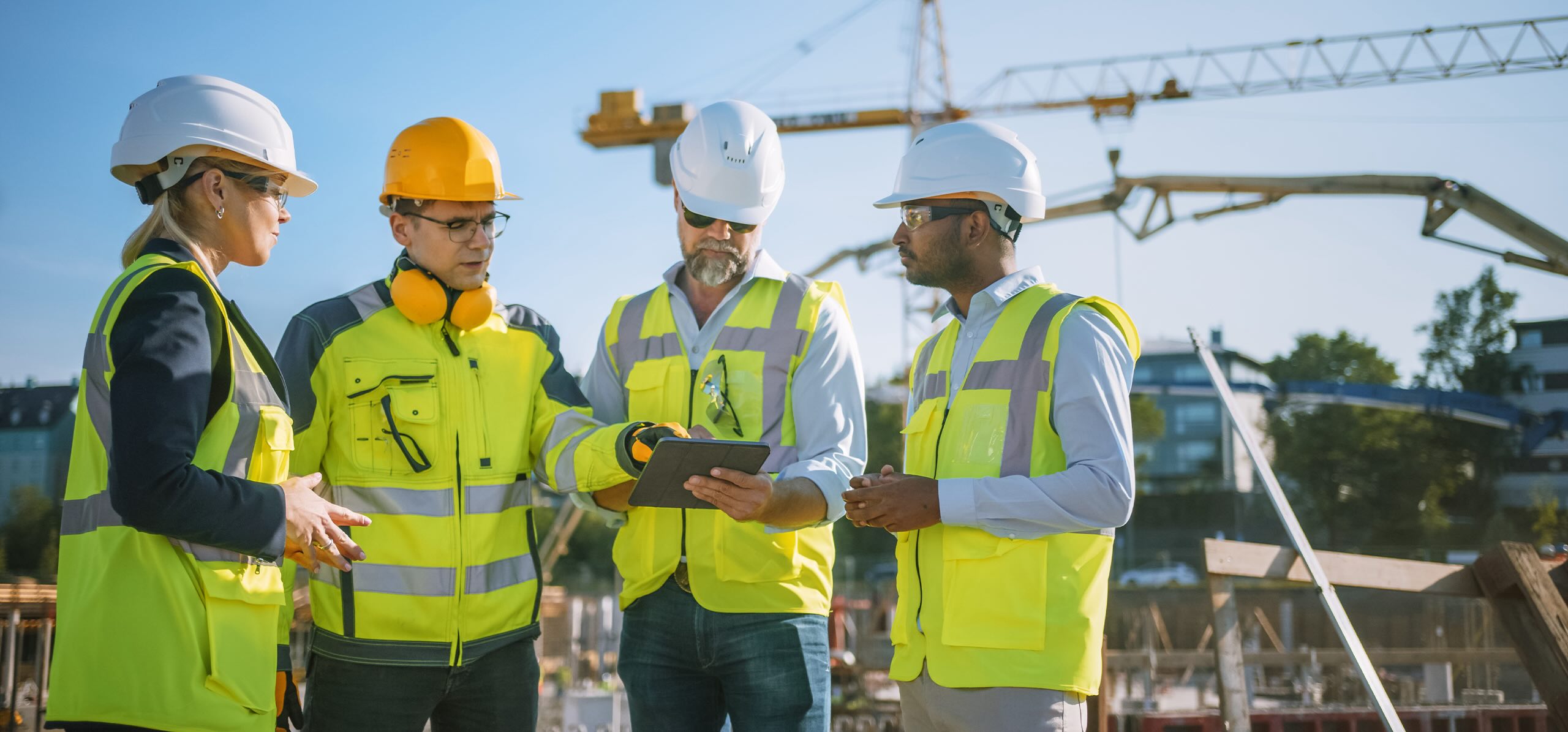

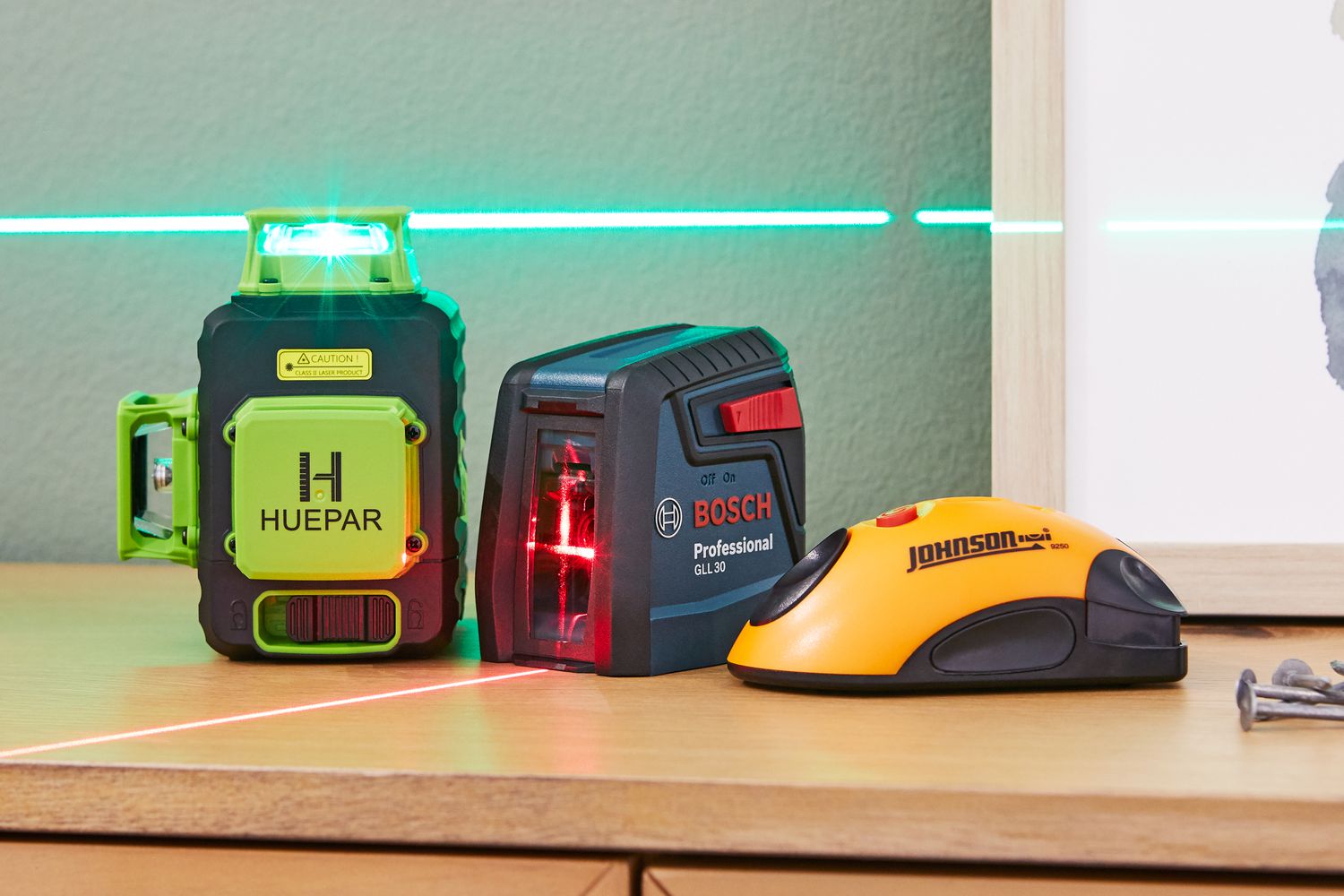
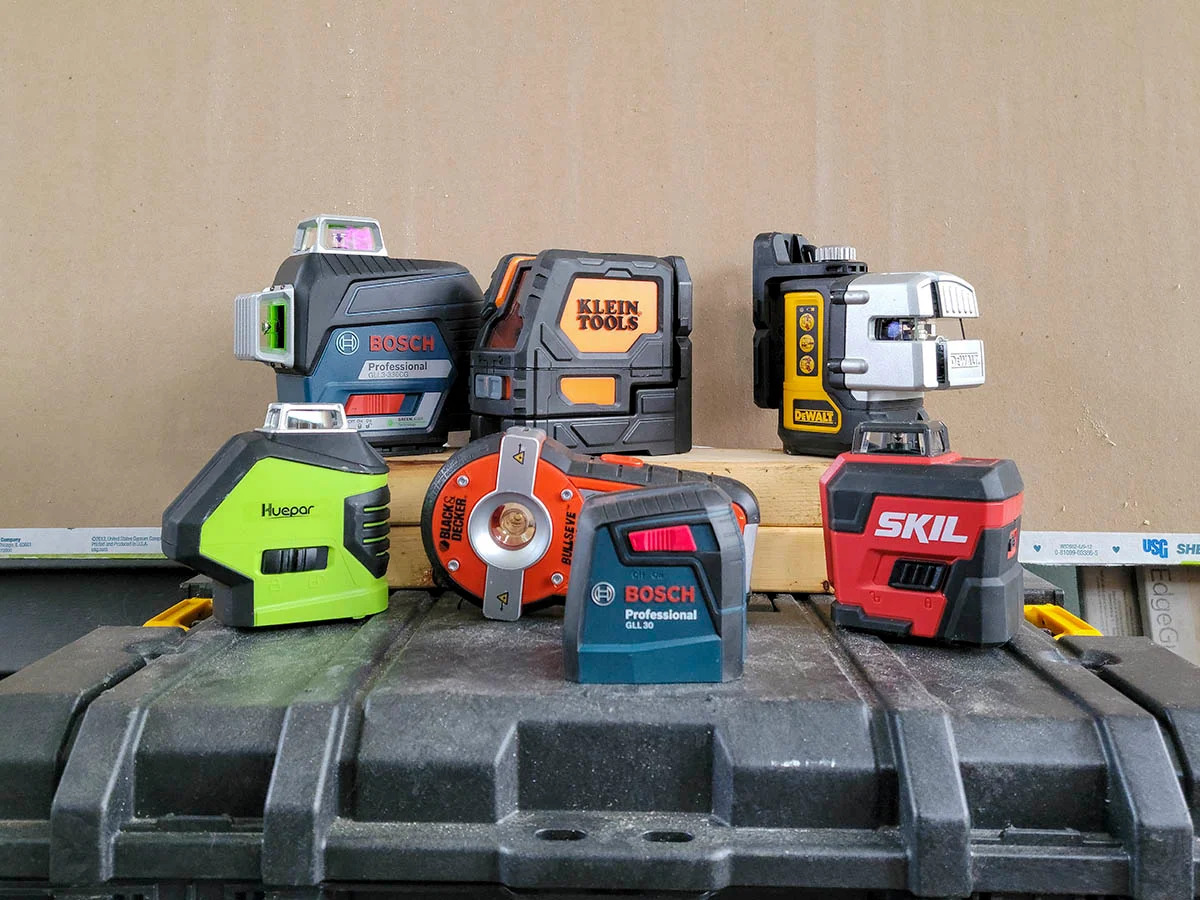
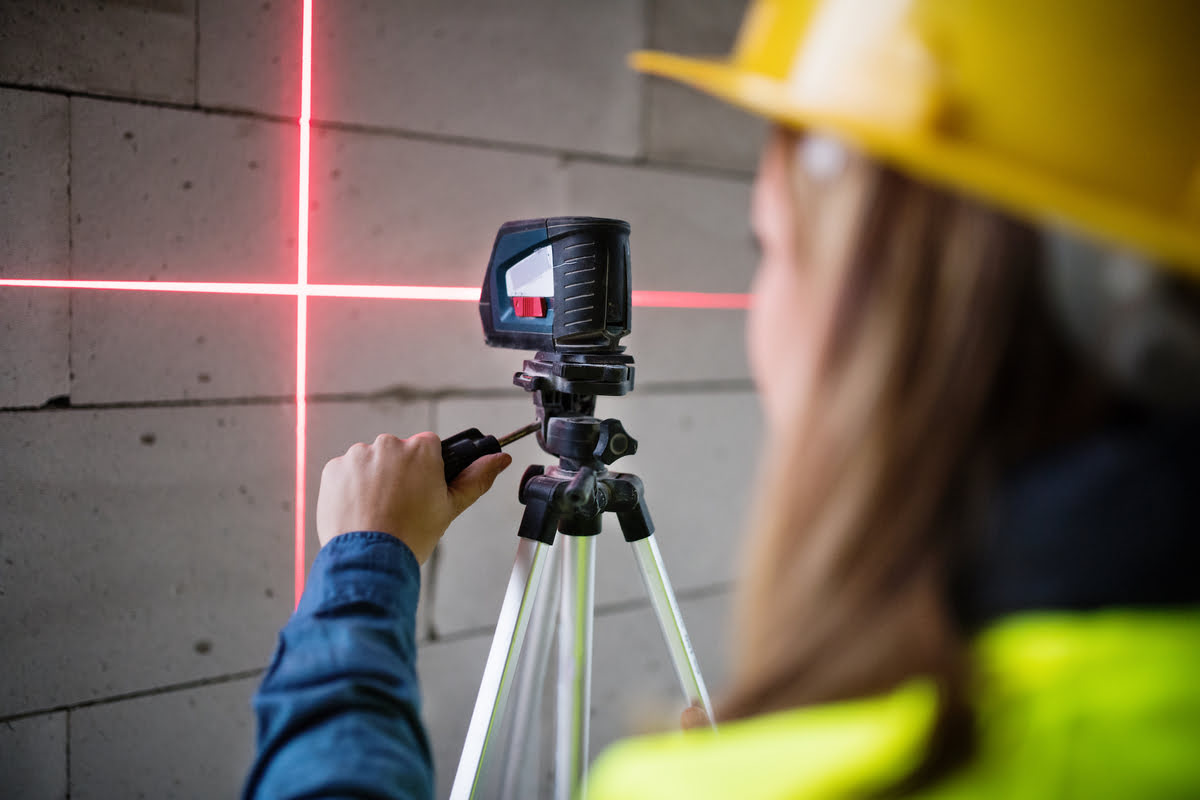
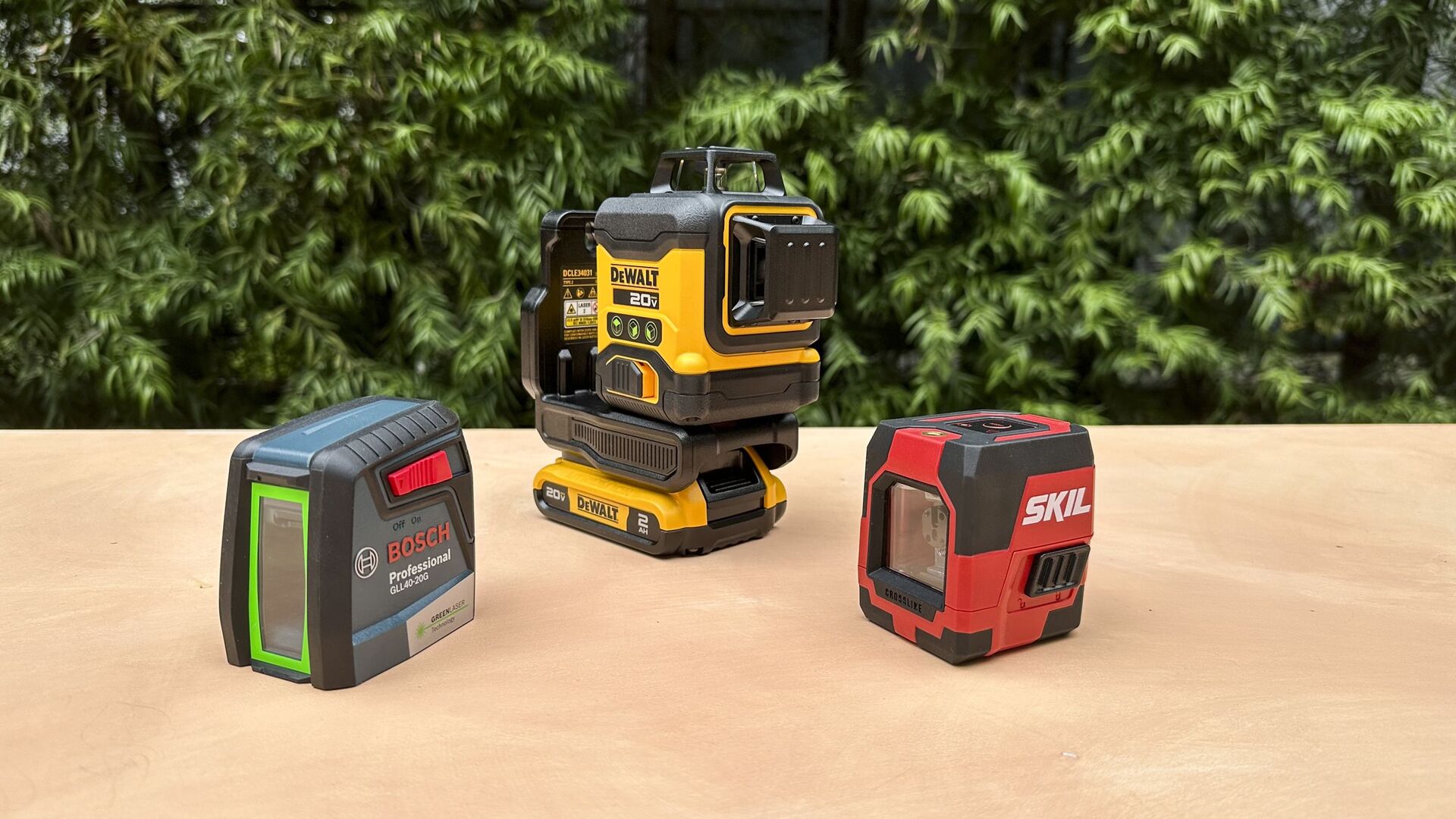
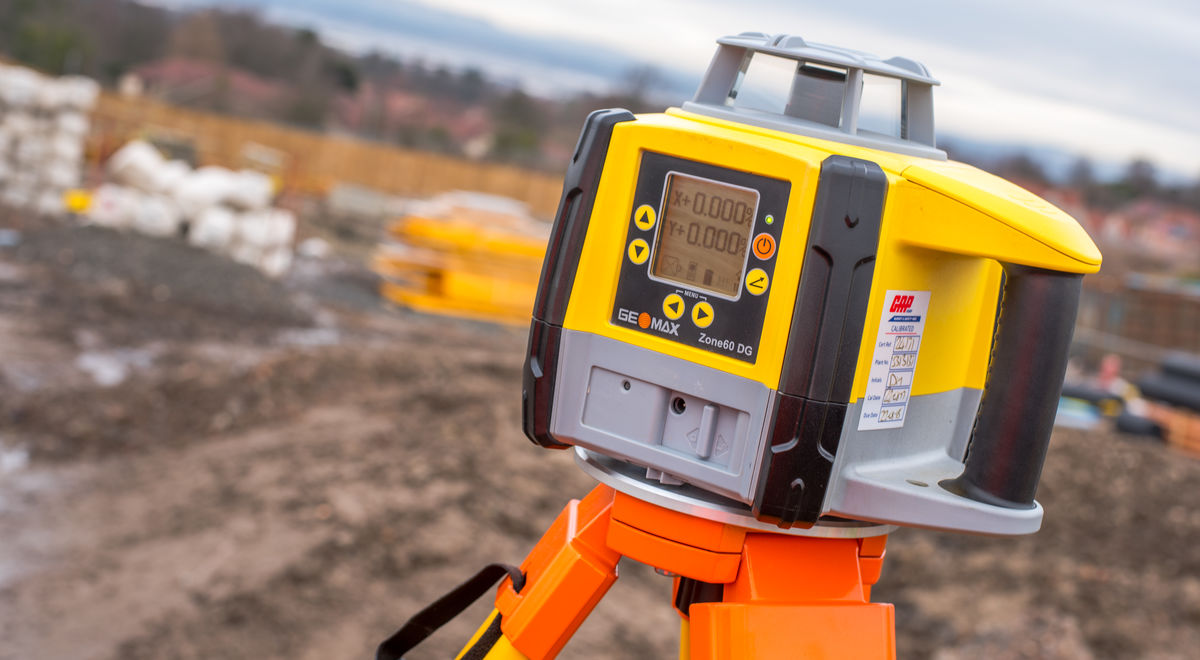
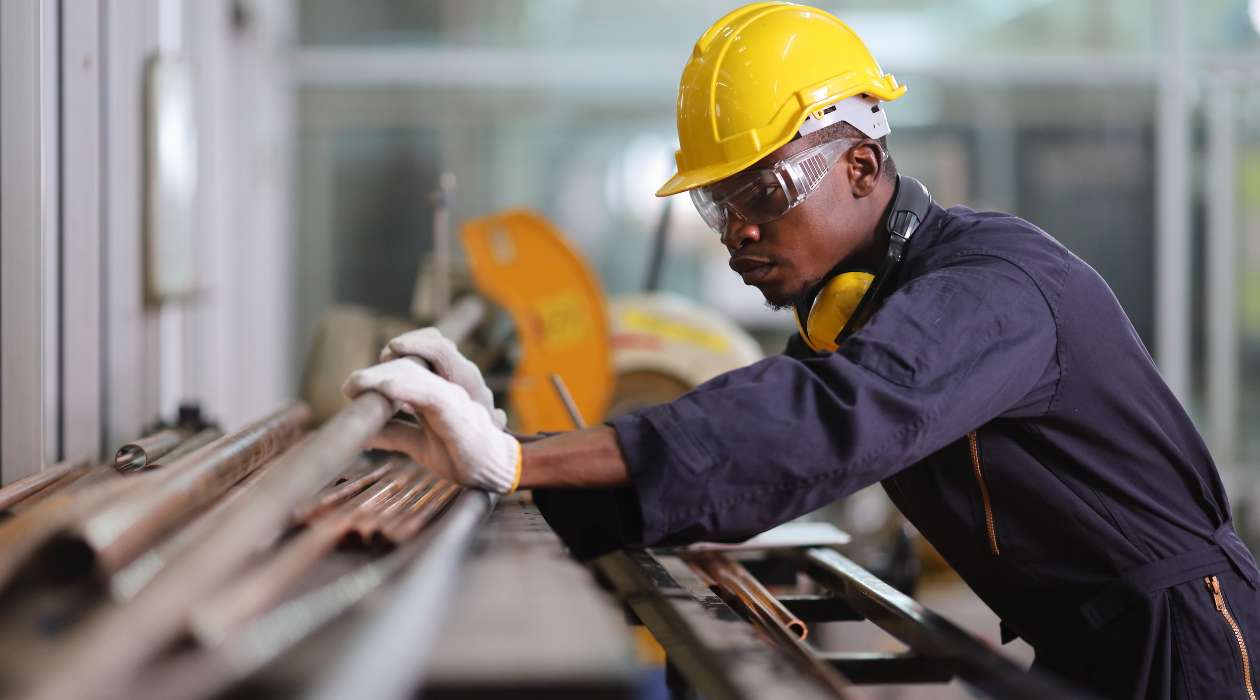
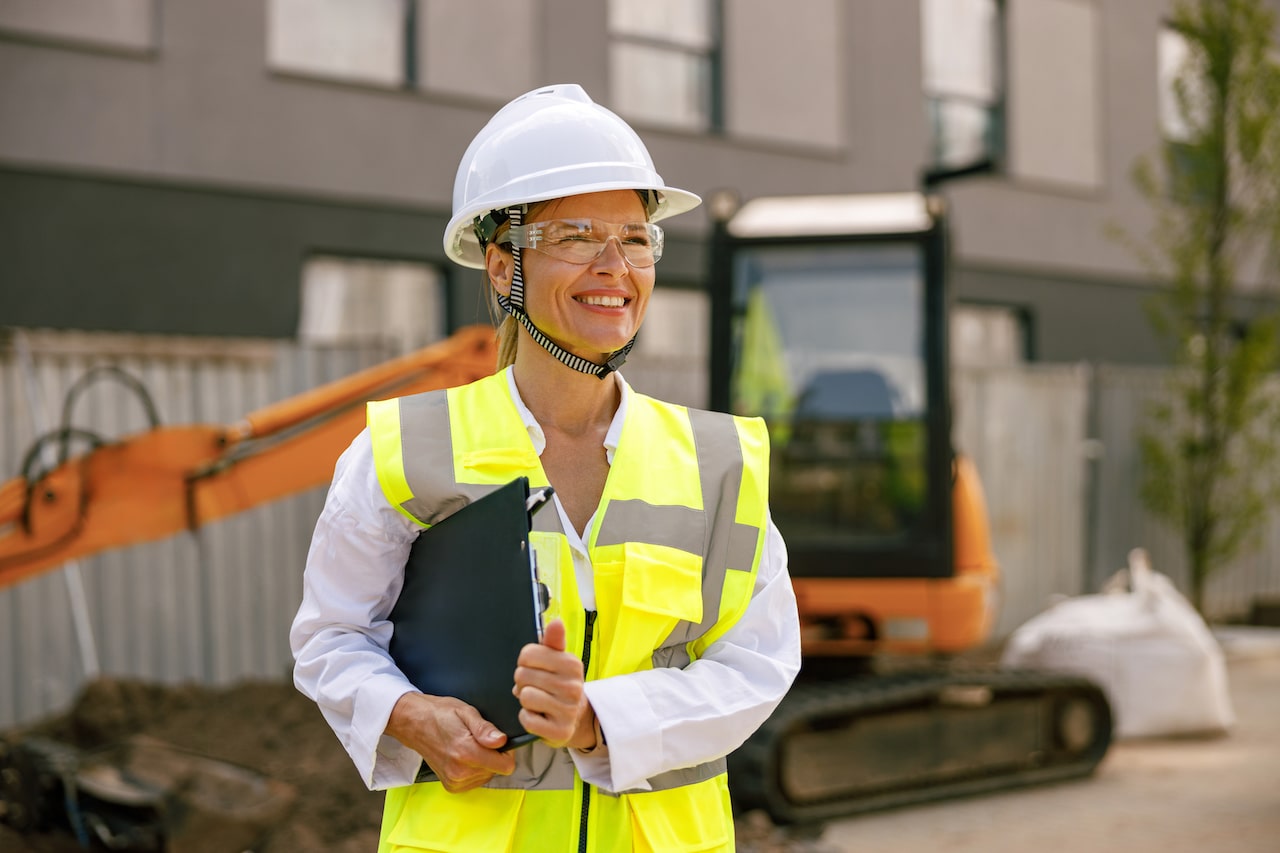
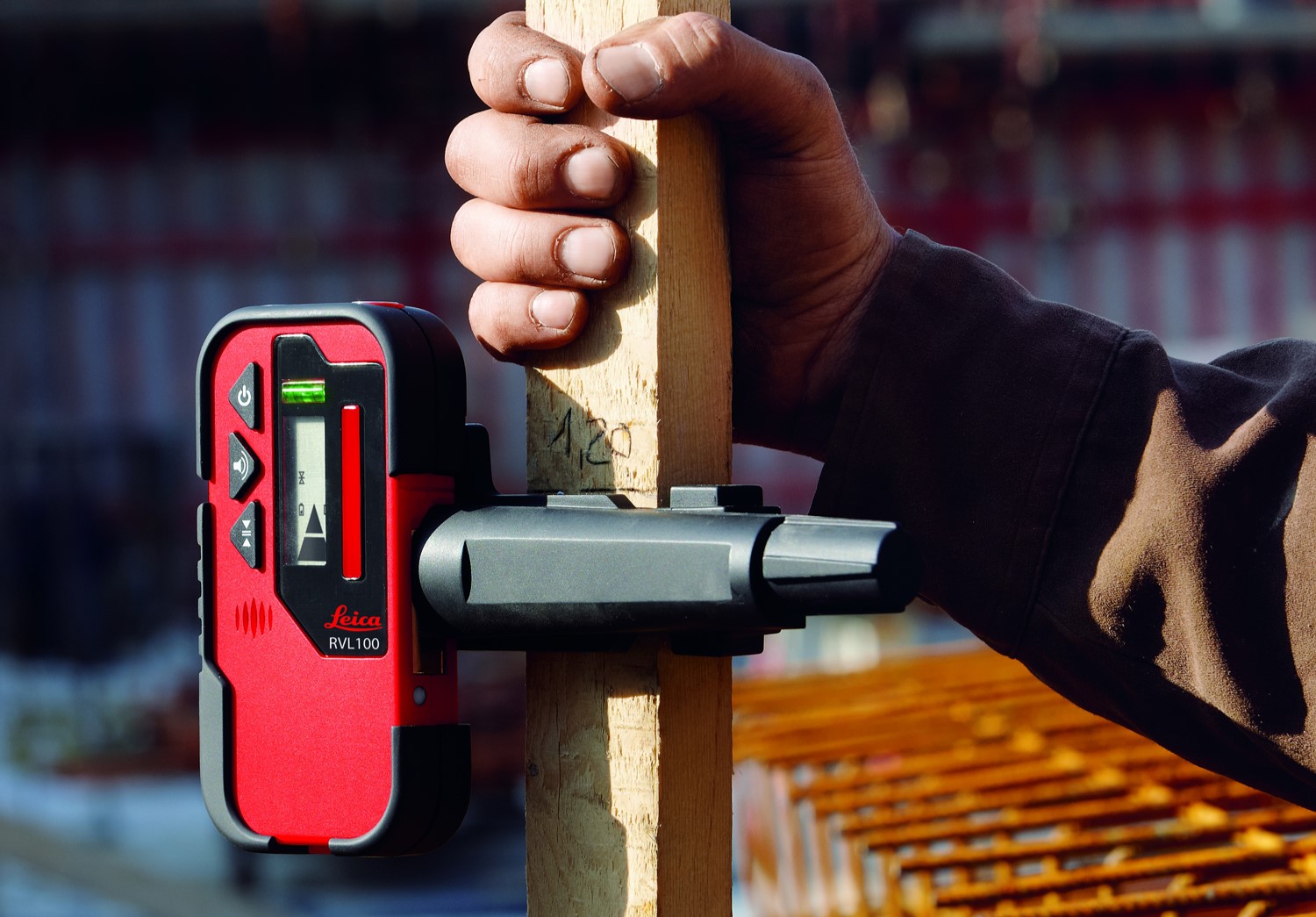

0 thoughts on “What Is The Role Of Laser Level In The Construction Industry?”